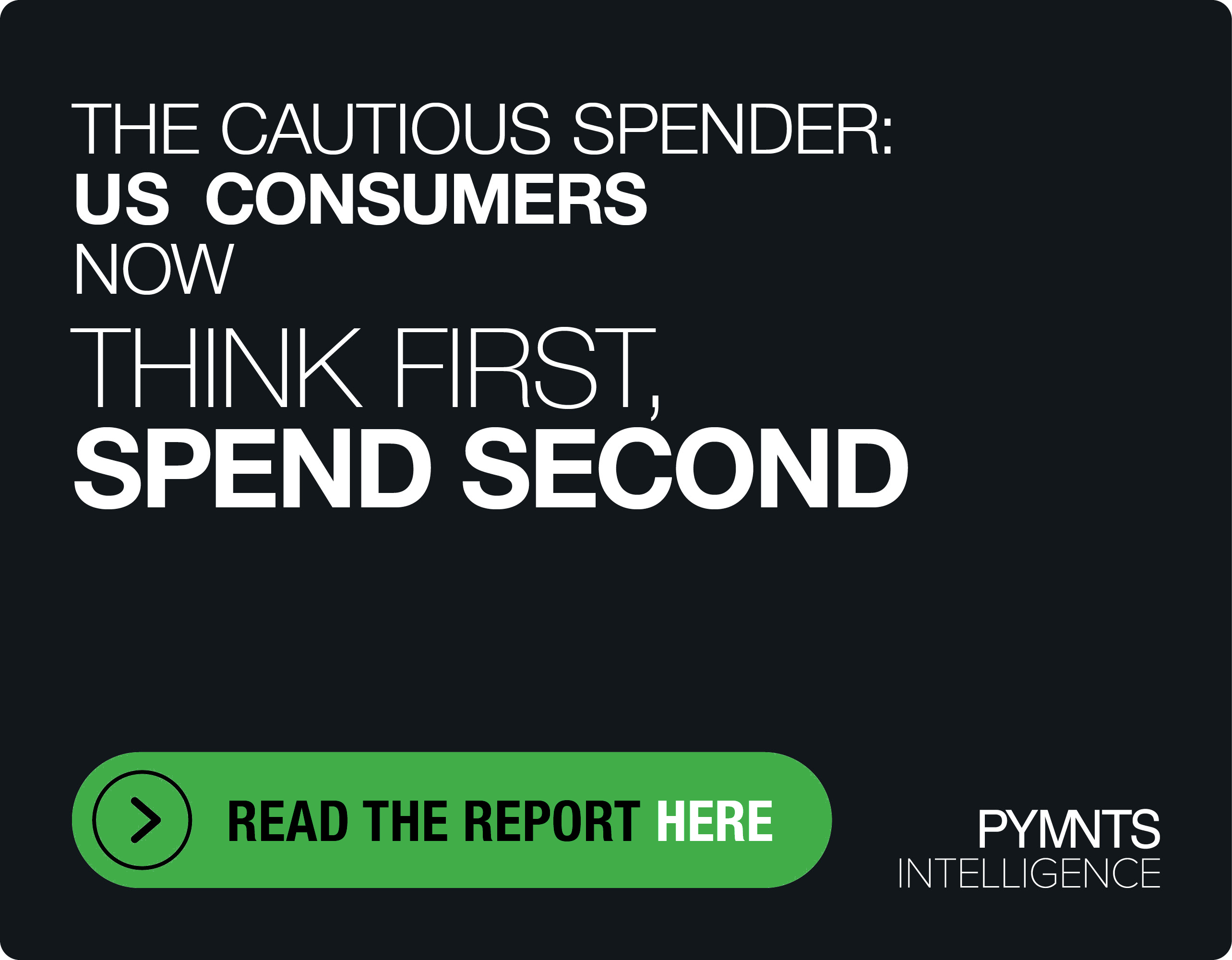Credit Unions Mix New Tech and Trust to Keep Members From Switching
Trust is the bedrock of all financial relationships, and it’s doubly so for credit unions (CUs). Member faith in these financial institutions (FIs) brought the sector through the pandemic splendidly, but to keep the rally going, CUs must confront new digital realities with urgency.
It’s all in the data, as seen in the study “Credit Union Innovation: Responding to Member Demands for Digital Financial Services,” a PYMNTS and PSCU collaboration, which found that 24% of CU members would switch to another FI to access more innovative products.
Get the study: Responding to Member Demands for Digital Financial Services
In an interview, PSCU President and CEO Chuck Fagan told PYMNTS that members’ “adjacent experiences, whether it’s through Netflix or Amazon, are putting pressure on the financial side of things, and it’s no longer going be enough to just check the box.”
Fagan said the trust is still there, but “the loyalty may not be as deep as it once was. You’ve got challenger banks. You’ve got tremendous budgets that these larger FIs have in creating [digital] experiences. For credit unions, they have to assemble those best-in-breed partners and create that unified, seamless, integrated experience. That’s not an easy task.”
That’s where credit union service organizations (CUSOs) are coming in with greater resources and experience to bring digital advances to members in accessible platform configurations. Data shows that CU members would prefer to access peer-to-peer (P2P) transfers, mobile check deposit and more through these trusted entities, making digital transformation a top priority this year.
‘Easy Is the New Loyalty’
With branch experiences evolving and mobile banking and financial services gaining ground at an accelerated pandemic pace, how CUs provide digital experience will be decisive.
“We say easy is the new loyalty,” Fagan said. “The easier the enrollment process can be in 2022, the easier experience is going to win out. If your decision as an FI [is to go] with a technology that’s clunky and doesn’t integrate with all of the other connection points you have in that digital experience … if that experience is disjointed in any way and not easy, then I think that relationship breaks down as a result.”
That makes onboarding a differentiator for CUs, he said, and something they must perfect.
For example, the Credit Union Innovation Report found that 38% of CU members would go to a rival if their CU did not let them deposit checks via a mobile app, and 38% said they would switch if their CUs didn’t provide digital cards that can be issued directly to their digital wallets.
“I think Apple created the expectation, as did COVID, that no longer if you go through a fraud experience, or if your card melts in the car, are you willing to wait two weeks and keep that card top of wallet anymore,” Fagan said. “You want that immediacy.”
Be it mobile check deposit, P2P or checking balances, he added, “If they can get that through their financial institution, that trust factor stays. You have the Venmos, and you have other ways consumers can be direct, but trust [with CUs] still exists, as we found from the study.”
CUs need to work a bit harder on satisfaction scores — which are lagging a bit at the moment — because they are often not the same experience as members engage with when using digital tools.
“Unless you live next door to a branch, there’s no other way you’re going to see the financial institution’s brand on a more regular basis than your payment devices,” Fagan said. “That’s the brand now, because you’re not as connected to the member as before.”
CUs Embrace the New
As CUs integrate more with the expanding connected economy, innovations like embedded finance are becoming as important to members as any of the other digital solutions.
It’s happening in several ways for PSCU and its credit unions.
“You’re going to see examples of that in crypto,” Fagan said. “We’ve enabled crypto purchases through our loyalty platform. You’re seeing instances where people are using points to make their entry into bitcoin at varying levels in terms of the dollars it represents. You’re seeing credit unions having an openness to [embedded options] where, say, your member walks onto a car lot and their digital banking app flashes an offer to them.”
Fagan also pointed to new mortgage and car loan processes delivering fast decisions — and data.
CU members “do feel comfortable bringing their data together at a credit union,” he said. “The focus and push around financial wellness is really the mantra for credit unions. From financial education courses to receiving customized alerts when a member spends too much, there are many ways credit unions are doing a really good job around financial wellness.”
CU members also want buy now, pay later (BNPL) experiences supplied by their trusted institution, and Fagan said the sector is responding and getting used to new ways of underwriting.
“The credit union just has to be comfortable with a different way of lending,” he said. “You’re not getting that credit bureau report. You’re not getting all the data that you would use to typically make a lending decision. It’s the way things have evolved, and you can’t be a laggard in it because that’s where the consumer wants to be.”
Looking at hurdles ahead, he said, “Clearly, 2021 was an outstanding year for the industry … something that will be incredibly difficult to repeat. The common theme among credit unions is reinventing themselves as we look into 2022, and I would say in the first quarter, we’ve seen steady performance out of the payments products. For the remainder of the year, adoption is still a key theme with getting the members connected in through the digital channels.”
Get the study: Responding to Member Demands for Digital Financial Services
